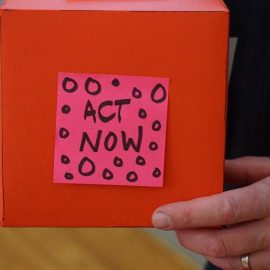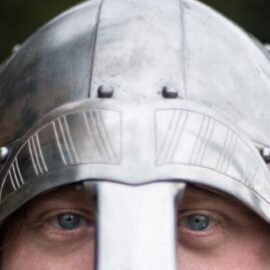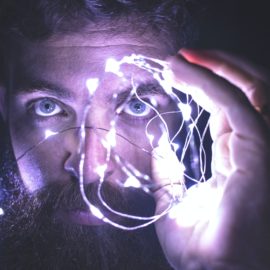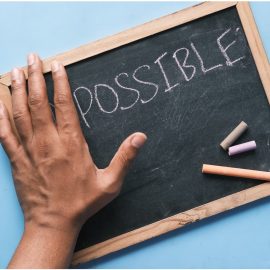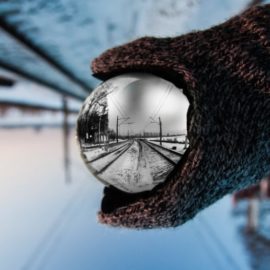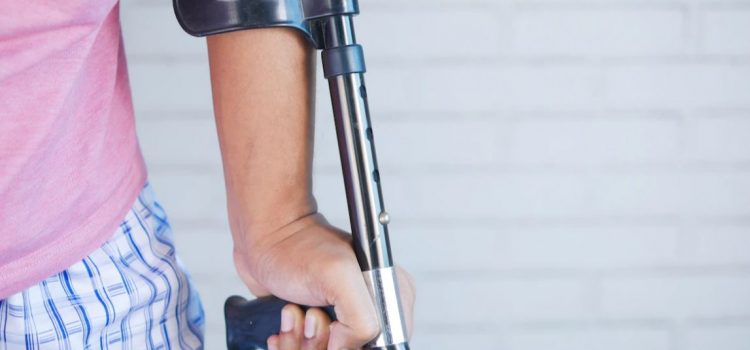
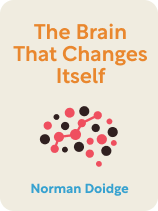
This article is an excerpt from the Shortform book guide to "The Brain That Changes Itself" by Norman Doidge. Shortform has the world's best summaries and analyses of books you should be reading.
Like this article? Sign up for a free trial here.
What is learned nonuse in psychology? What are some ways learned nonuse can be corrected?
Learned nonuse is a behavioral phenomenon whereby the use of an affected extremity is suppressed due to previous failed attempts to use it. In other words, the individual learns not to use the weak limb—although it’s perfectly functional—because it’s easier to use the healthy limb.
Keep reading to learn about learned nonuse, why it happens, and ways to correct it.
The Discovery of Learned Nonuse
A series of experiments by Edward Taub proved that we can train neurons to control a body part that doesn’t have sensory input. The experiments involved deafferenting the arms of monkeys: cutting sensory nerves so that the brain didn’t receive any sensation from the arms. Previous experiments with deafferenting monkeys showed that if one arm was deafferented, the monkey would only use the healthy arm, leading scientists to believe that motor control was dependent on sensation—once the neural connections for sensation were disconnected, the neural connections for movement became unusable.
Taub discovered the reason a monkey with one deafferented arm would begin using the healthy arm exclusively was because of learned nonuse. After surgery on the spinal cord, the neurons have trouble firing correctly—a condition called spinal shock, which results from damage to the spinal cord and usually lasts two to six months. An animal in spinal shock will try to use its deafferented arm, but because the neurons aren’t firing well, it will frequently fail to get the response it wants and eventually give up trying. It will learn to not use its deafferented arm and to use only the healthy one instead, thereby reinforcing only those neural pathways to the healthy arm while the pathways to the deafferented arm fall into disuse.
(Shortform note: Since spinal shock is the result of damage to the spinal cord, it usually only occurs in those who’ve experienced a severe spinal cord injury. Deafferentation is performed by cutting the nerve right where it connects to the spinal cord, so this is why deafferentation would result in spinal shock while most surgeries and procedures would not.)
| A Global Definition of Learned Nonuse While the phenomenon of learned nonuse is well established in the medical field, scientists are still working on creating a clear definition of learned nonuse that would apply across all scientific disciplines and an objective way to diagnose it. Experts suggest that it’s characterized by a difference in the brain’s ability to deliberately perform a motor function on demand and its ability to perform that function spontaneously, that is, without a conscious effort to use a body part that is harder to use. In other words, someone experiencing learned nonuse of the right arm can deliberately pick up a glass with their right hand, but they wouldn’t reach for it automatically with their right hand—they’d use their left. Since things like which arm we favor to perform certain tasks is often an unconscious choice, eliminating learned nonuse first requires a conscious effort to use the affected body part instead of compensating with a body part that has no functional impairment. |
However, further experiments showed that learned nonuse could be prevented by restraining the deafferented limb until spinal shock wore off, because while the arm was restrained the monkey wouldn’t try—and fail—to use it, so once the restraint was taken off, it soon used its arm just like it had before surgery.
(Shortform note: We can infer from Doidge’s description that the reason a monkey can still use its limb after restraining it during spinal shock is that it’s aware of a physical constraint restricting its movement, so it doesn’t try to use it. The neural pathways for that limb therefore remain in place and the monkey doesn’t learn that the limb doesn’t work, as it would if it tried and failed to move an unrestrained limb.)
Taub also found that learned nonuse could be corrected if he forced a monkey to use its deafferented arm by restraining the healthy arm, and that it could even be corrected years after the deafferentation was performed. This had major implications for stroke victims who had lost movement in certain body parts, as we’ll see in the next section.
(Shortform note: While correcting learned nonuse can restore the use of an impaired body part, research suggests that if it’s done too soon after injury, it may do more harm than good. Experiments on animals showed that restraining the healthy limb immediately after an injury could cause forced overuse, which can result in increased brain damage and hinder recovery. It’s possible there is an optimal period for this type of therapy after a stroke or injury that would provide the greatest gains without exacerbating the problem.)

———End of Preview———
Like what you just read? Read the rest of the world's best book summary and analysis of Norman Doidge's "The Brain That Changes Itself" at Shortform.
Here's what you'll find in our full The Brain That Changes Itself summary:
- How brain plasticity can help those with brain damage or congenital brain disorders
- Stories of real people whose lives have improved thanks to neuroplasticity
- A look at some of the negative effects neuroplasticity can have


